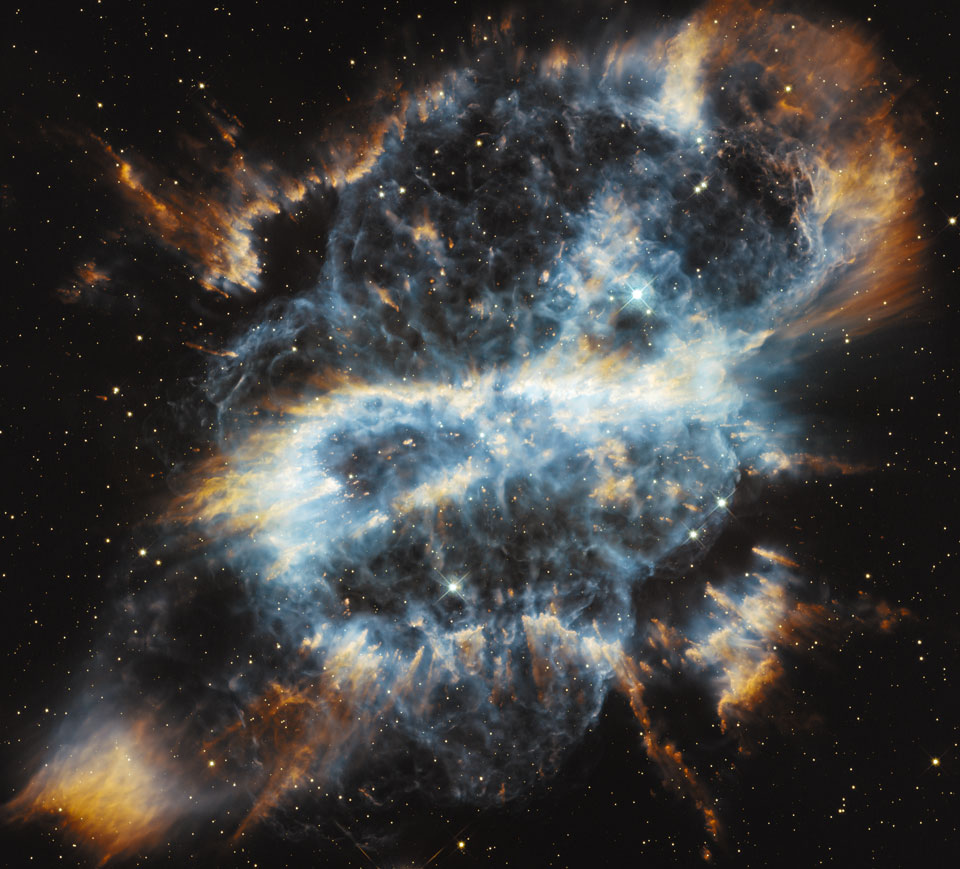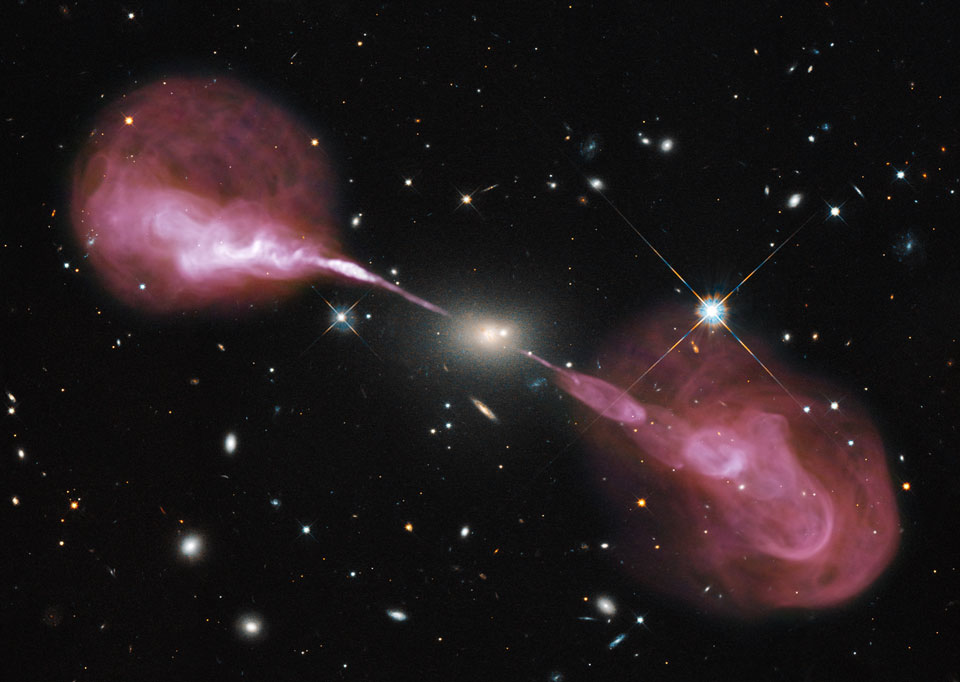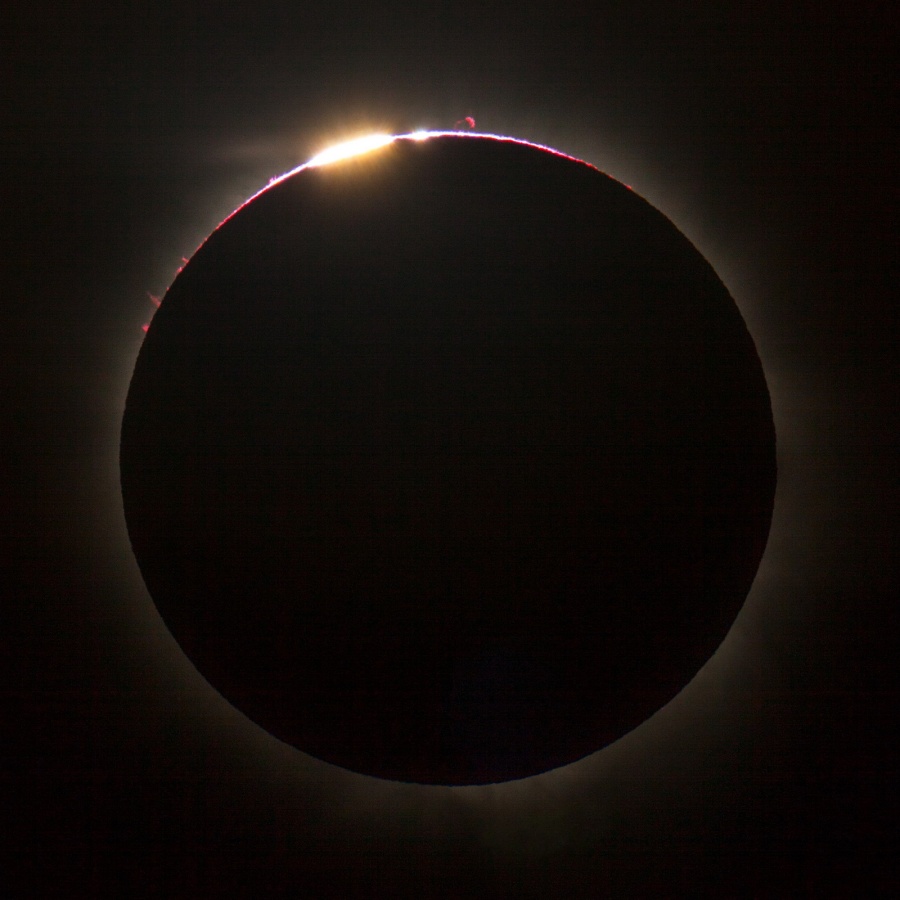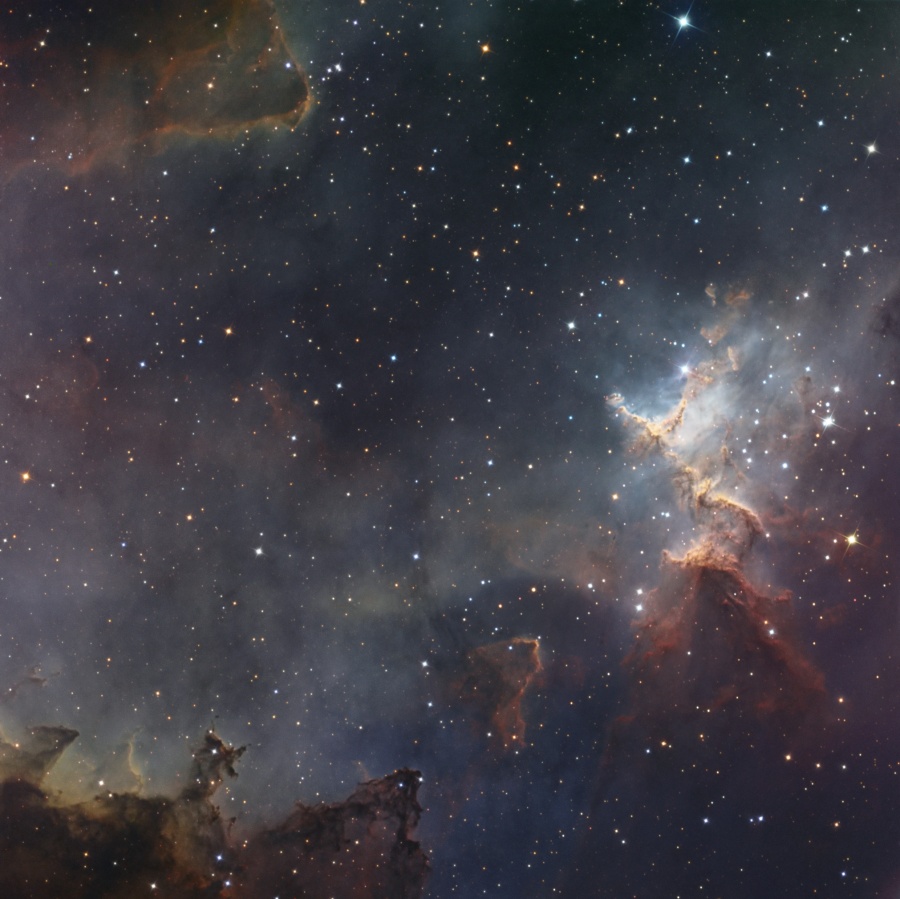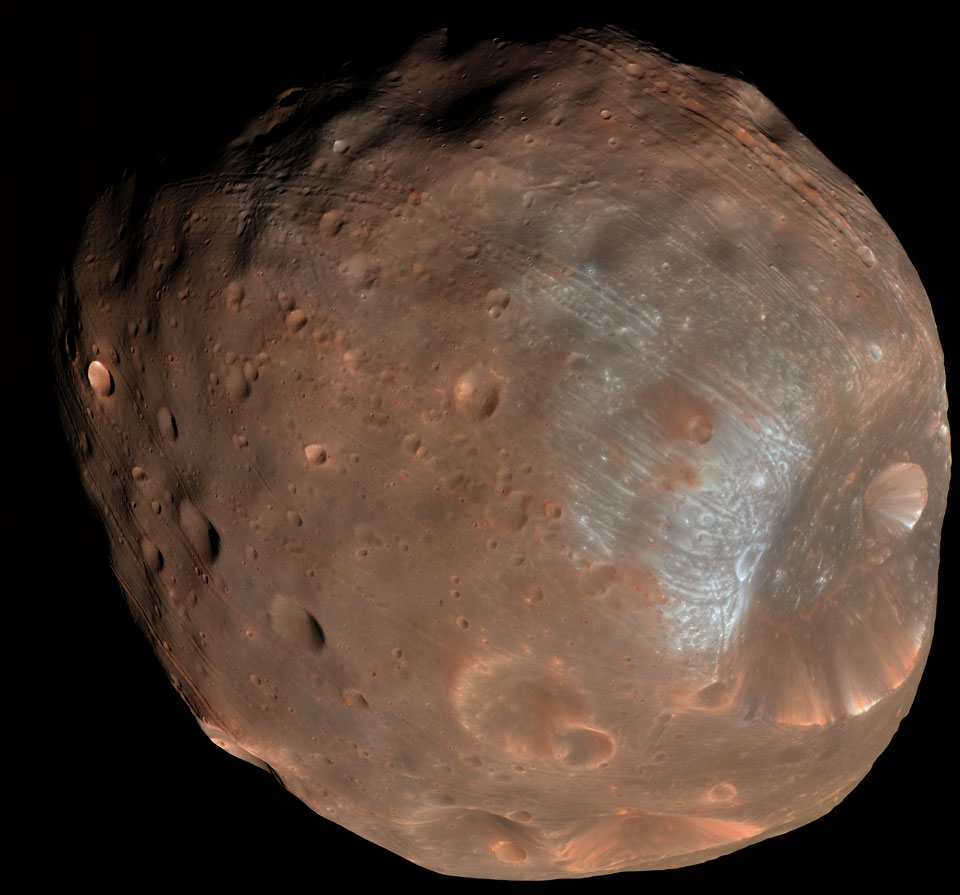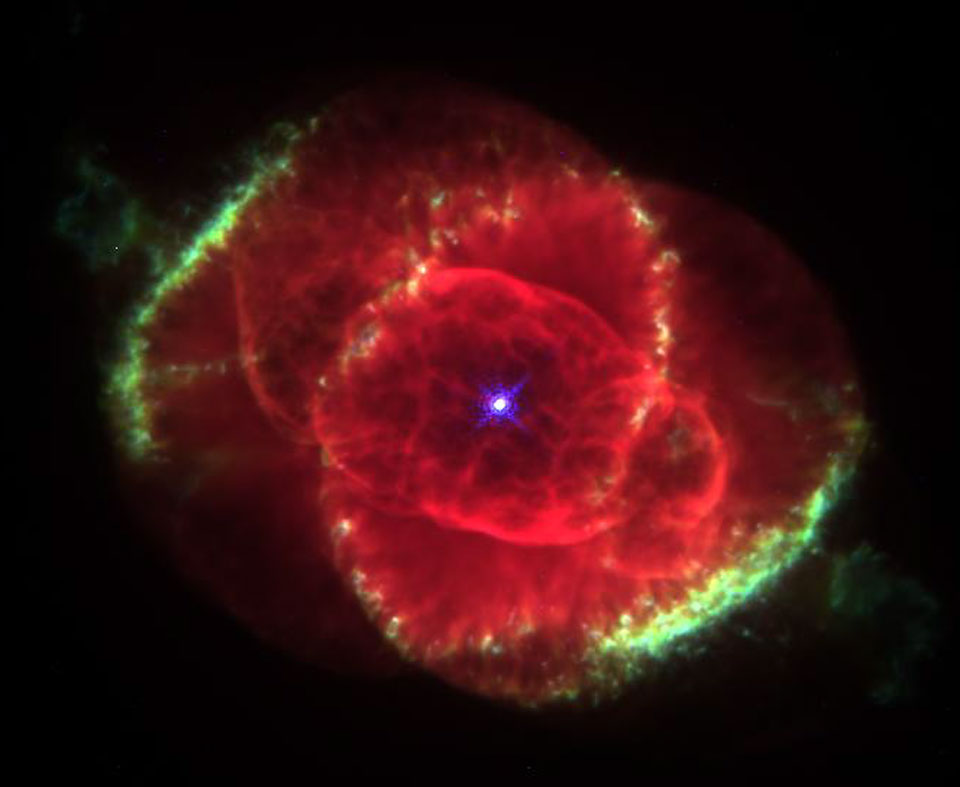Connor Boles Boles
1
Mr. Percival
Astronomy Honors
12 Oct. 2012
James
Bradley
Jams Bradley was a well known
astronomer for the discovery the aberration of light, which proved that the
Earth moved, which was a key part to the Copernican Revolution because it
helped convince the skeptics that Earth was heliocentric. It was the first
direct evidence and that is the main reason why he will go down in history as a
noted astronomer. He also discovered the nutation of Earth’s axis, and
together, they were called the most brilliant and significant of the century.
Born in March, 1693 in Sherborne, Gloucestershire, England, Bradley had an
upper class family. He was the nephew of astronomer James Pound, which later
helped him secure a job and helped him in the astronomical field. In 1711 he
started his education at Balliol College in Oxford. He continued at his
education until in 1718 he was elected to the Royal Society, which was a
pivotal point in his career. He continued to excel in his field and gaining
more and more prowess and several desired titles.
In 1722 he
measured the diameter of Venus with his telescope, which he later used to
discover the aberration of light. He was attempting to discover stellar
parallax of Gamma Draconis when he made his discovery, and he was perplexed at
first for the stellar parallax of the star should have shown up immediately.
Instead of what was expected there was an annual cyclic motion that the star
adopted. His calculations were off by several months with alerted him of
another possible cause of the strangeness. Finally, he realized that it was an
aberration of light.
The
aberration of light is a phenomenon that produces an apparent motion for many
celestial objects that hides their real location. There are many factors that
affect the aberration such as where one is on the earth and also their speed
and height as well as the velocity and direction of the celestial object. The
actual effect is the tilt of the direction that the light is coming from and
one’s position. This is what proves that Earth has parallax, a key point in the
Copernican Revolution.
The other
discovery that Bradley is known for is the nutation of Earth’s axis. Although
the nutation of Earth isn’t a perfect angle such as Euler described it does
indeed have the procession. It is able to be seen in the changing tides of
Earth’s oceans when the tides move and as Bradley was an avid sailor it
definitely helped his career. It is parallel to Earth’s ecliptic, a term used
in nutation in obliquity. This discovery is something that changed how all
astronomers perceived all events, especially the solar events.
James
Bradley was a key contributor in the astronomical field. He achieved the title
of Astronomer Royal and for over 40 years he was an avid contributor to the
discoveries in his time period. With such a high position and all that power he
has forever made an imprint, and changed how we perceive the universe today.
